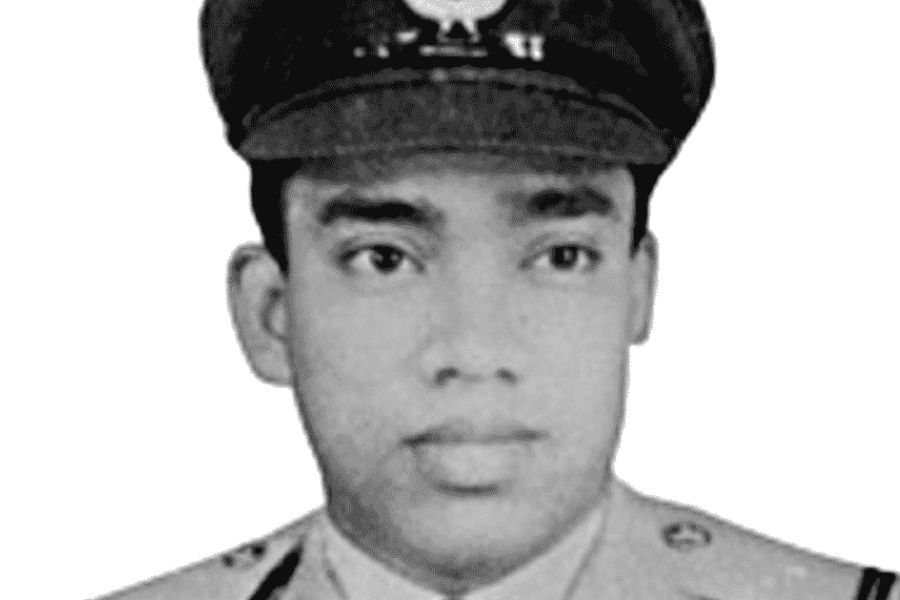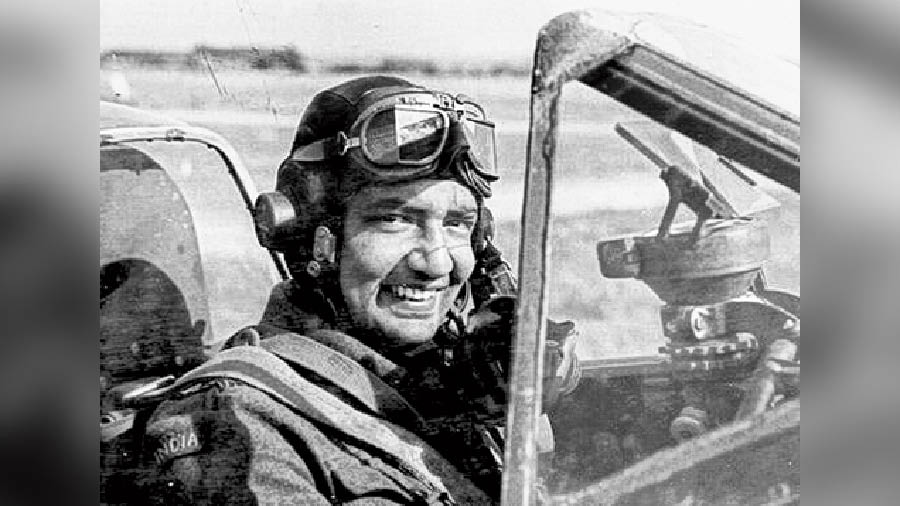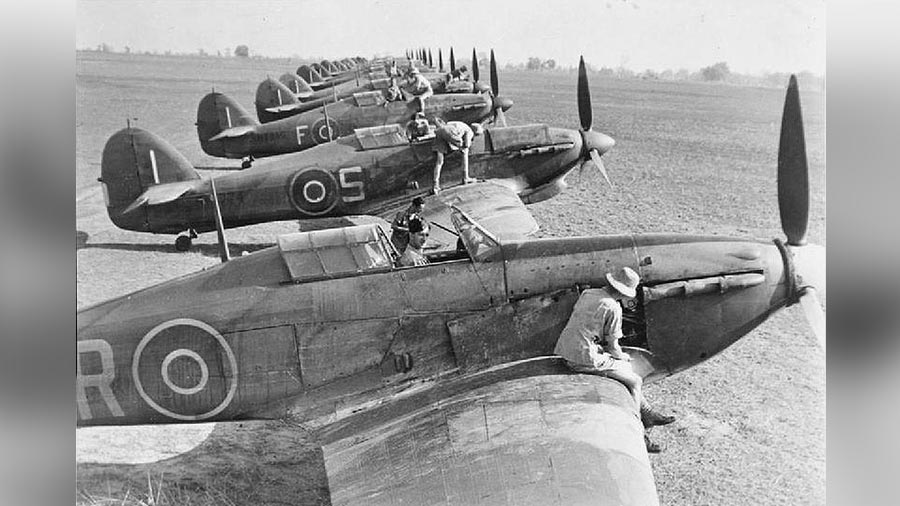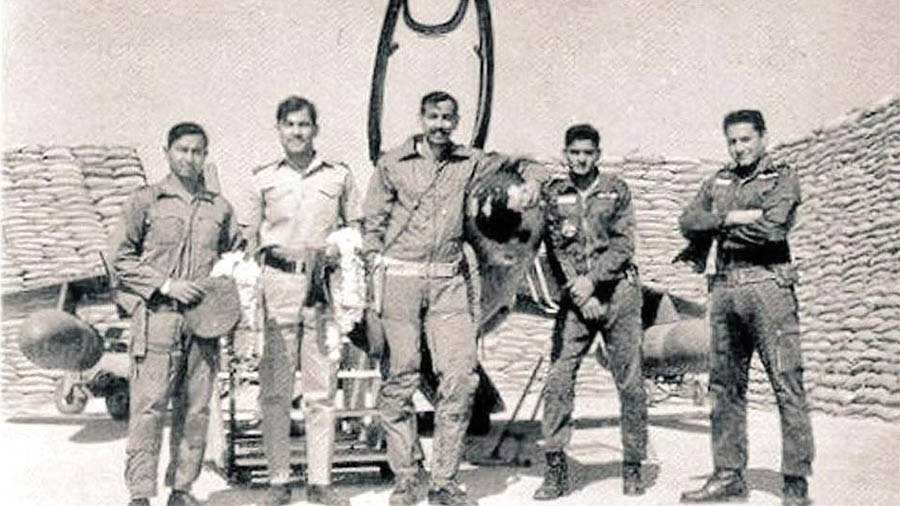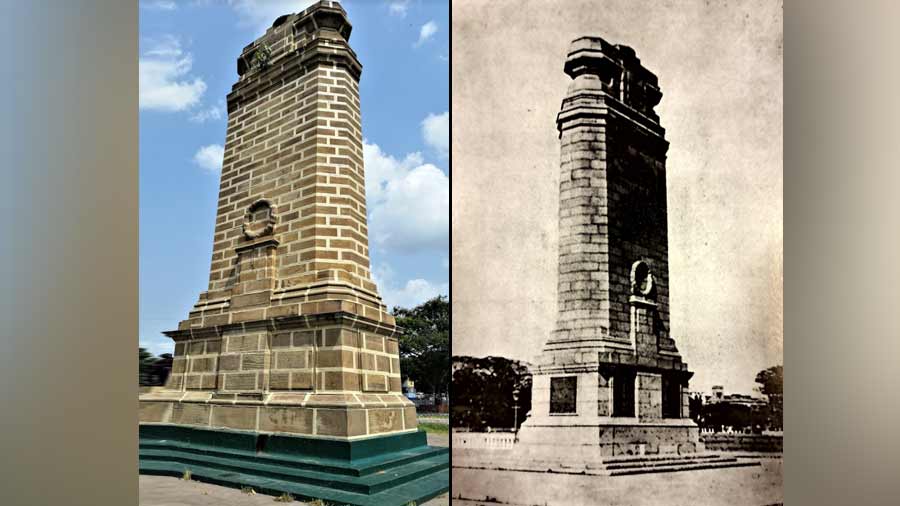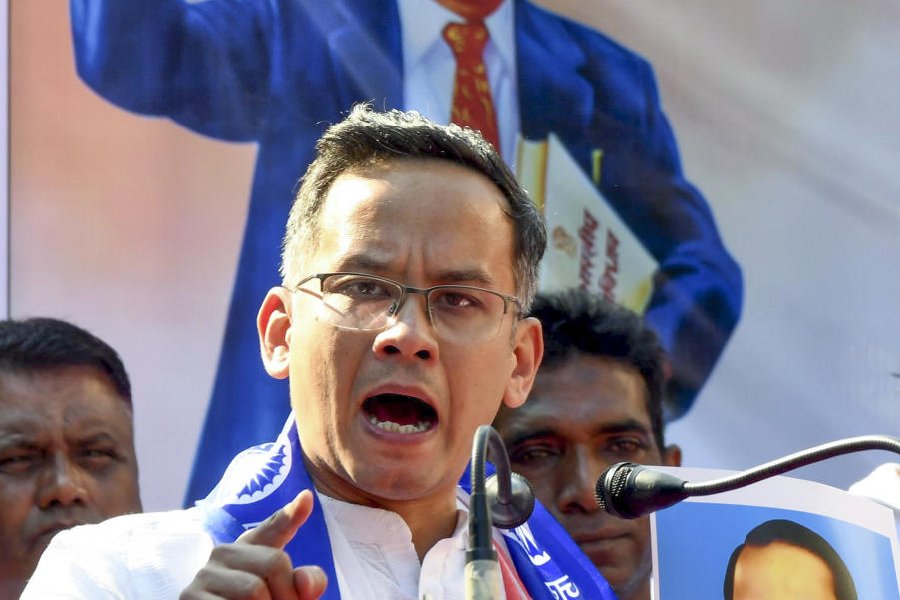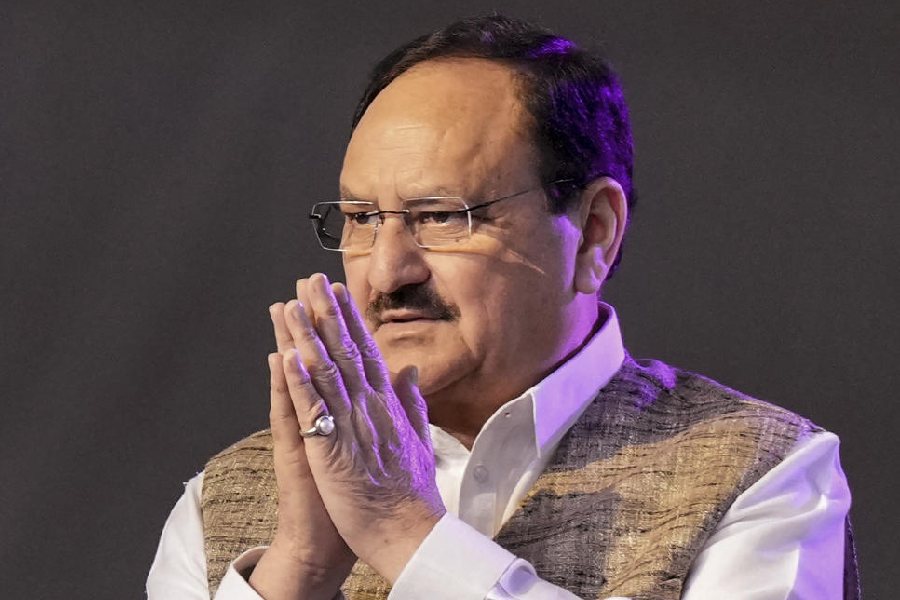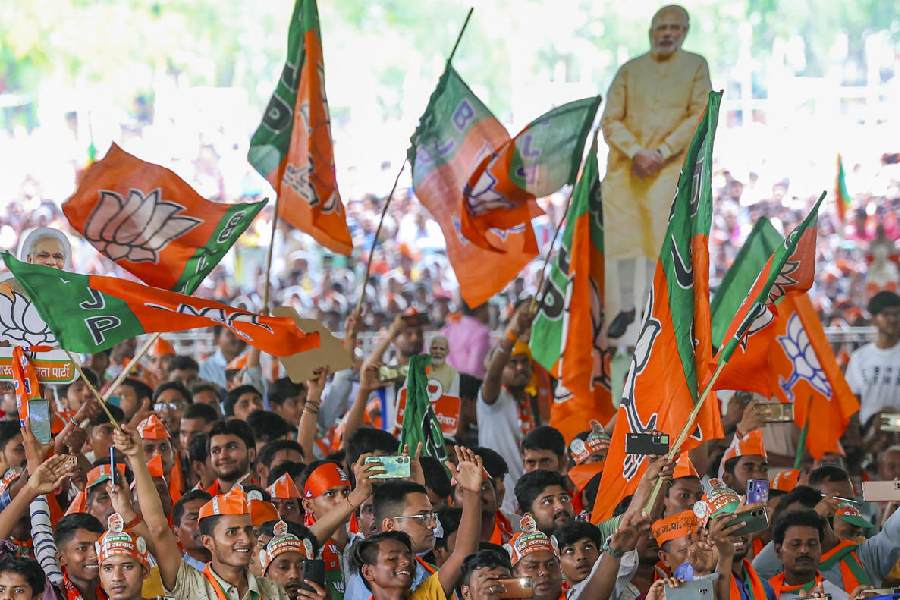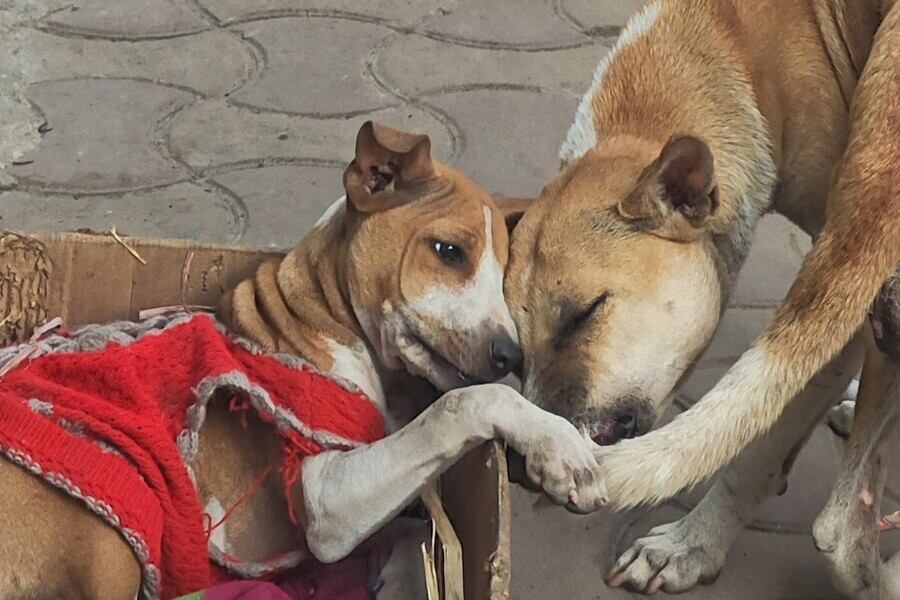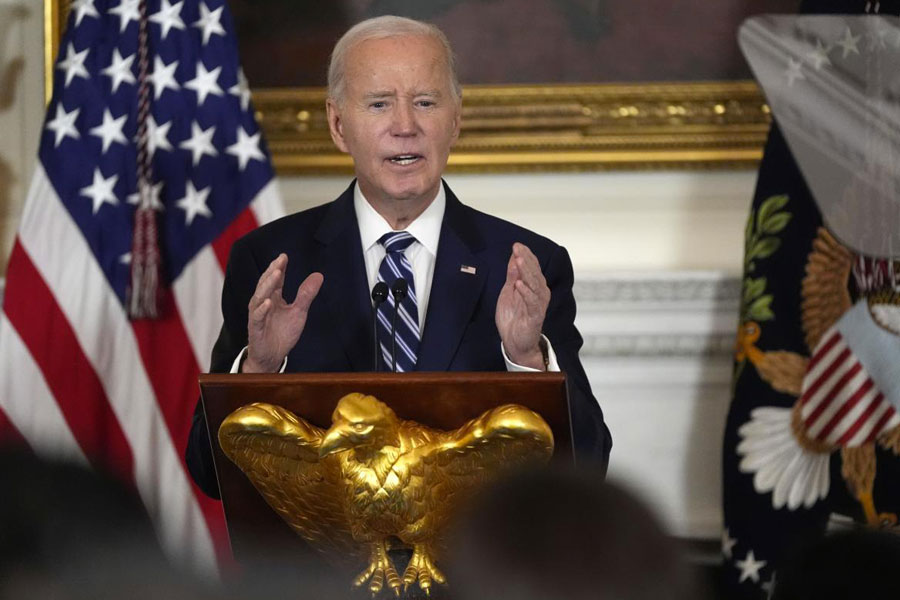20th August 1971: A Lockheed Martin T33 training plane takes off from Mauripur (Karachi) airbase. As the training jet cleared the runway and was close to take off, a jeep suddenly careened in front of it and got the plane to stop. An officer walked out of the jeep and jumped into the plane. The flight took off and flew away.
If the above sounds straight out of a Hollywood spy thriller, the main protagonist was no less than a ‘Top Gun’. And a Bengali at that. Flight lieutenant Mati-ur-Rehman was born in November, 1941, in Old Dhaka. A meritorious student from a young age, he joined the Pakistan Air Force College in West Pakistan in 1961. Two years later, Rehman was commissioned as pilot officer and was posted as part of no. 2 squadron at Mauripur airbase near Karachi. He made his mark straightaway, securing 81 per cent in F86 Sabre jet fighter conversion.
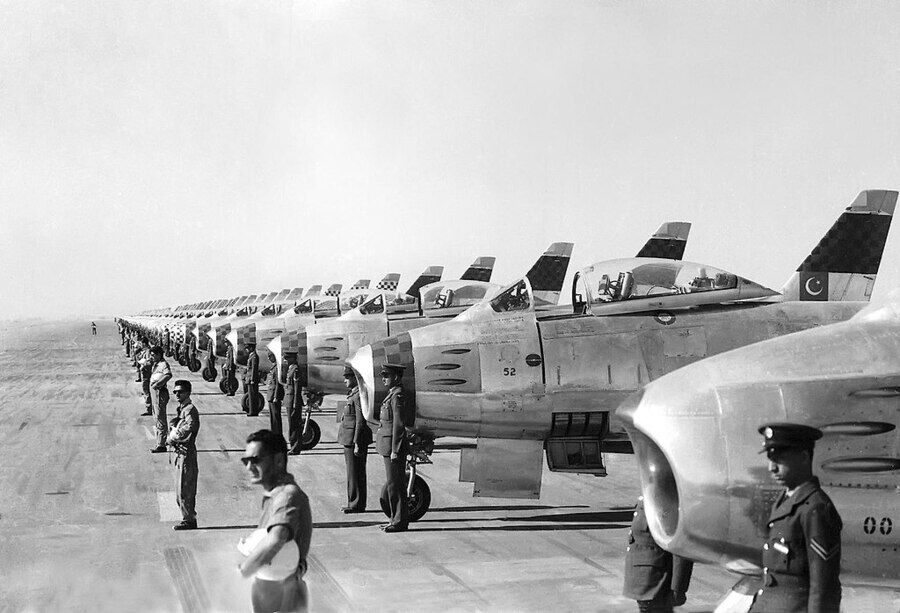
F86 lined up at Mauripur (later renamed PAF Masrur) base in Karachi DGPR Pakistan Air Force, Wikimedia Commons
Due to his impressive test performances, he was posted as part of PAF 19th squadron in Peshawar – a ‘Top Gun’ squadron. Soon war broke out against India in 1965. In the 17-day war, Mati-ur Rehman saw heavy action and was awarded the Sitara-e-Harb (Star of War) and Tamgha-e-Jung by the Pakistan government for his daring flying. Post-war, Mati was selected for conversion to the Russian-made MIG fighters.
Despite his posting in West Pakistan, Mati remained a Bengali in word and action. Although he received several proposals for marriage, Mati was determined to only marry a Bengali girl. Once while driving at night from Sargodha to Lahore, Mati and colleagues were flagged down by a middle-aged man in the middle of the highway. Despite strong protestations by his colleagues to drive on due to the locality being dacoit-infested, Mati stopped and got out. He found that the man’s car had broken down.
Accompanied by his wife and a daughter of marriageable age, the man, scared to his wits, was hiding in the bushes. A true officer and gentleman, Mati left his friends at the spot and took a three-hour round trip to drop off the family and come back to pick up his friends. The family was grateful, and the young girl was smitten by the dashing and courteous officer. They approached Mati for marriage but the young man remained firm on his decision to only marry a Bengali.
For a Bengali officer in West Pakistan in the late-1960s, marriage with a wealthy Punjabi family would have gone far in pushing Matiur’s career prospects. But nothing would get Mati to change his mind. In 1968, Matiur got married to Milee in Dhaka. In 1970, he was posted to Mauripur as jet conversion instructor.
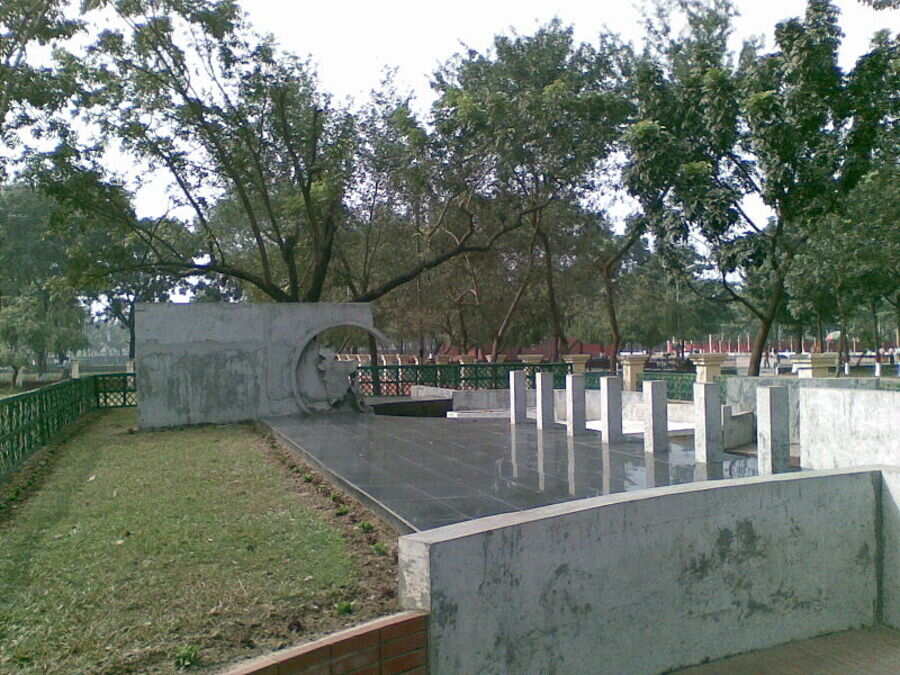
Mati-ur-Rehman’s grave in Dhaka Wikimedia Commons
By early 1970, the Bengali nationalist movement in East Pakistan was growing louder by the day. The increasingly worried West Pakistan regime launched a massive military crackdown (Operation Searchlight) in March 1971. A simultaneous massive crackdown was launched across the country aimed at taking control of all major cities and eliminating any opposition, military or political, by force.
At the time, Mati-ur, by then a Flight Lieutenant, was in East Pakistan with his young family on vacation. He was living in the Ramnagar village of Raipur at the time of start of Operation Searchlight. Despite being a decorated officer of the PAF, at his heart, Mati-ur was a devoted Bengali and the Bengali nationalist cause was close to his heart. He opened a training camp in Vairab for training Bangladeshi youth volunteering to be member of the Mukti Bahini. His camp was bombed by the PAF on April 14, 1971. But Mati-ur had anticipated the attack and shifted the camp just in time, thus saving his comrades from certain death.
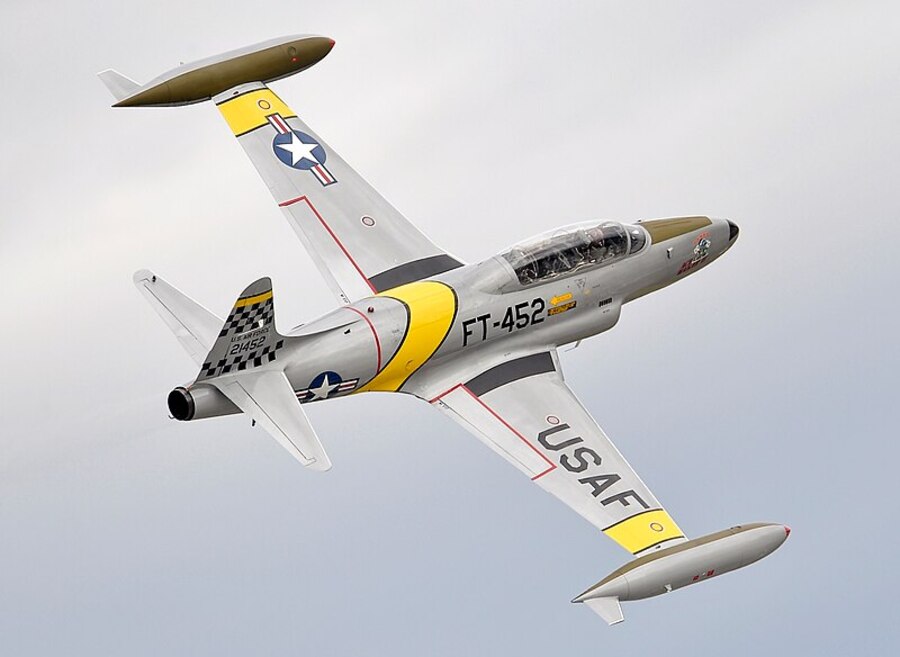
Lockheed Martin T33 in flight in 2016 Wikimedia Commons
Several Bengali airmen in the PAF were planning to defect. Mati-ur was invited to be part of a secret meeting on the same. Mati-ur though was dissuaded by his father-in-law and in May 1971, he returned to Karachi to resume his duties. However, once there, he started regretting his decision as Bengali officers were increasingly getting marginalised in West Pakistan. All flying officers who were Bengali were suspended from flying duties and only allowed ground duties. A desperate Mati-ur formulated a daring plan to defect to India and thereon, join combat duty with the Mukti Bahini.
On August 20, shortly before noon, 20-year Rashid Minhas was taking off on a training sortie when he suddenly was flagged down by his instructor, Mati-ur-Rehman. Last moment checks being routine, Minhas likely didn’t suspect anything. Once inside the aircraft, Rehman used his service pistol to take command of the aircraft and took off. A helpless Minhas could only alert the ATC about the attempted hijack.
Two F86s took off after the jet trainer but couldn’t detect it as Mati-ur used his superior flying skills in going ‘dark’ i.e. flying under the radar. It was late at night when a police station near the Indian border reported a crashed aircraft. Just 32 miles short of the Indian border, the craft had crashed into the ground. No one knows what happened inside, but eyewitnesses reported the aircraft flying erratically before crashing, indicating a physical fight between the two pilots for control of the aircraft. The canopy of the aircraft which hadn’t been locked came off and Rehman, who hadn’t had the time to strap himself in, was sucked out and died from hitting the ground hard. Minhas was unable to regain control and died instantly as the aircraft hit the ground and exploded.
Rashid Minhas was celebrated as a national hero and awarded the Pakistan’s highest military honour, Nishan-e-Haider, the youngest to win this honour. Mati-ur-Rehman’s remains were interred at a graveyard for Grade IV staff in an anonymous grave. At the entrance to the Mauripur airbase, Rehman’s photo and name was displayed as a traitor. His excellent records in the 1965 war were expunged. The young man who had attempted a daring flight of freedom would lie in anonymity for more than three decades, even though few months later, his dreams of an independent motherland would come true. Bangladesh honoured Rehman with the Bir Shreshtho – the highest military honour of the newly formed nation.
In June 2006, after a personal request from the Bangladeshi Prime Minister, Mati-ur-Rehman’s mortal remains were handed over to Bangladesh. He was reburied in the Martyred Intellectuals graveyard in Mirpur, with full military honours. The brave man who met with an untimely demise chasing an improbable dream finally found his resting place.
Acknowledgement: Eagles over Bangladesh: The Indian Air Force in the 1971 Liberation War, PVS Jagan Mohan and Samir Chopra

